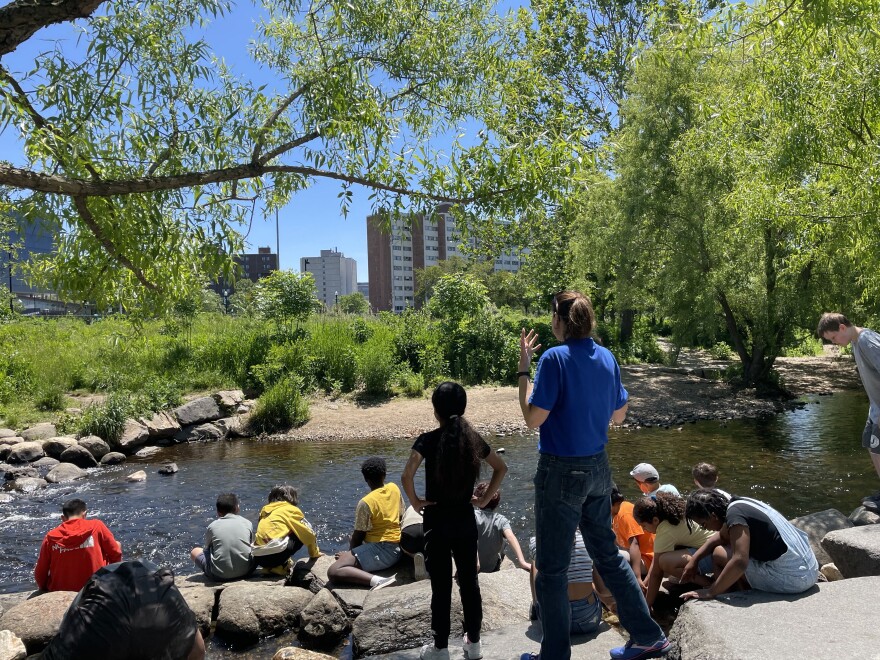A vision to create a Central Park-like space in downtown Stamford has been a part of the city’s plan for nearly a century. Stamford’s first city-planner Herbert Swan had a dream to integrate large parks throughout the city, but his vision would not be fully realized over the course of close to 100 years.
Dams once blocked the Rippowam river in Stamford creating Mill Pond in the early 20th century. It effectively destroyed the river’s natural floodplain which resulted in severe flooding with each heavy rain storm.
Swan’s plan, first published in the 1920s, sought to rectify the flooding issue by creating a large public park, but the plan sat idle for nearly 80 years.
In 1995, shortly after Dannel Malloy became the mayor of Stamford, he revisited the 1929 plan for Mill River Park and tapped a retired marketing executive, Arthur Selkowitz, to “sell the idea” of creating a green space and the large park around the river.
It was then that the collaborative efforts of government, corporations, foundations and private citizens began turning that dream into a reality under the formation and guidance of The Mill River Park Collaborative, later established in 2003.
At the start of the project, Mill Pond was a stagnant, trash-filled pool of water in the heart of Stamford. The U.S. Army Corps of Engineers developed a proposal to naturalize the river corridor and began the work to transform the area from a dumping ground to a vibrant park and educational space.
Nette Compton is the president & CEO of the Mill River Park Collaborative. Compton credits Malloy with having the vision to create a sustainable redevelopment plan for Mill River Park.

“Mayor Malloy, just really thought this was this amazing idea to take something that had been derelict and an eyesore right in the heart of Stamford. And to not just restore it, but to create something really stunning and beautiful.”
A goal of the collaborative was, “to be a world class park,” according to Compton. “We really think about how we can bring the best of what downtown parks can provide to everyone here in Stamford.”
The Mill River Collaborative has led the creation, growth and operations of the park. A new playground area was built for children and families to enjoy.
Over the years, acres of landscape have been revitalized including the planting of the largest cherry tree grove in New England. A carousel and event center was built, an ice skating rink was installed and the Whittingham Discovery Center has opened as a permanent environmental education facility and visitor center.
“It feels so inevitable, now,” Compton said. “It feels so obvious that you would make this beautiful space, and in reality, it's never the case. It always takes a lot of convincing and it takes a group of people who truly believe in this idea to bring it to fruition. And I think everyone in Stamford is so lucky that we had that right alchemy of people and vision and resources to come together to make this park a reality.”
Fifty-percent of the park’s budget comes from the city and the other 50% comes from donations. The Mill River Park Collaborative continues to look toward the future and what is still to come.
“The vision was always that it was Mill River Park and greenway, that we would continue the park all the way to Long Island Sound, ultimately, you'll be able to safely walk off road from right downtown all the way to Long Island Sound in Harbor Point,” Compton said.
Learn more
Mill River Park is open to visitors and they have many events happening throughout the year. For more informaiton, visit their website.
.





